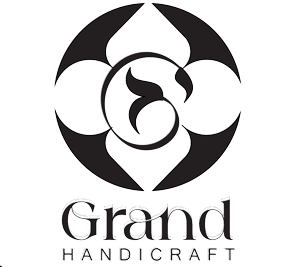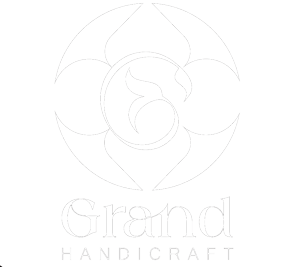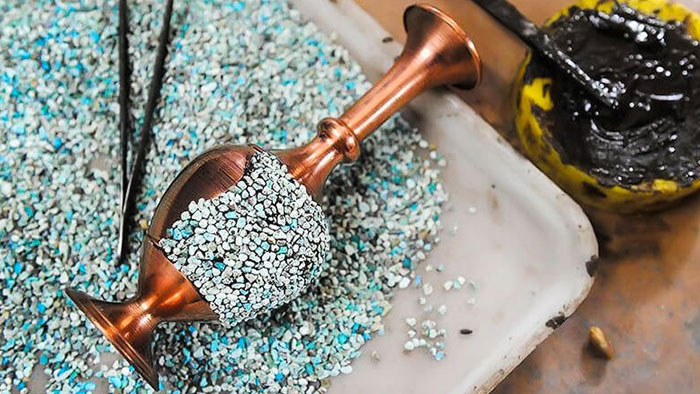Turquoise inlaying (called Firooze Koobi in the Persian language) is an Iranian art of combining turquoise with metals such as copper, brass, silver, nickel, or bronze. Firooze (which was named initially “Pirouzeh” meaning victory in the Persian language) is one of the most precious stones in the world. From the depth of the earth, a sky-colored gemstone is extracted that people have adored and esteemed for thousands of years, believing that it has magical powers, such as transmitting peace and tranquility to its owner.
Moreover, this stone is very effective in strengthening the function of the heart, eyes, respiratory system, liver, and digestive organs. In Europe, It iscalled Turquoise, meaning Turkish, because this stone from Iranian mines was imported to Europe by way of Anatolia.
Iranian artists and craftsmen have created many world-famous and precious artistic works using a variety of materials and techniques. One of these Iranian handicrafts that have attracted a great number of art lovers from all over the world is turquoise inlaying handmade.
Turquoise inlaying is very similar to mosaic art since the stones are put together and attached to a metal base with great precision, creativity, and delicacy. It is a very popular and eye-catching Iranian handicraft that can be used for practical and decorative purposes.
Turquoise inlaying is done in three stages:
- At the first stage, a goldsmith or metal maker prepares and shapes the metal object.
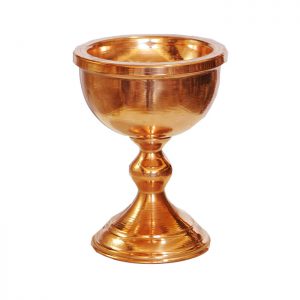
- In the second stage, turquoise inlayers purchase turquoise chips from turquoise forming workshops or turquoise miners. Since such turquoise chips are mixed with dust and ordinary stones, they must be polished and refined.
While the metal object is heated up to a temperature of about 30°C, walnut lac is spread over the parts on which the waste turquoise is to be laid.
Keep in mind that the art of turquoise inlaying makes use of leftover turquoise pieces that would otherwise be discarded. Thus, the lac powder almost melts and becomes sticky due to the heat and covers the intended surface.
Next, the turquoise chips, prepared according to their size, are put carefully on the surface in mosaic form. As they are laid out, there should be no spaces between the turquoise chips.
To put it in other words, the correct installation of turquoise chips on the surface is very important; otherwise, the chips will not be fixed or firm and may become detached and drop out in burnishing.
Therefore, keep in mind that the closer the pieces of turquoise are to one another, the more accurate and ordered they are. Moreover, the smaller the sizes and distances between the chips, the higher will be their value.
Again, the object is heated to about 40°C; meanwhile, some lac powder is poured on the chips to fill the gaps between smaller turquoise chips.
Then, the lac and turquoise chips are polished with emery. There may be fallouts in some places of the object, in which case the empty spaces are filled with small turquoise chips and lac. In the next step, the surface is polished and honed one more time.
Sometimes restoration or repair is done using a putty composed of a kind of clay, oil, and lapis paint.
- The third stage is polishing. Following the polishing of the metal parts, the turquoise is polished with olive or sesame oils to become shiny too; and finally, polyester is applied on the surface. Polyester coated with a clear finish should be bubble-free. Whether it is jewelry or a container, the final handmade turquoise-inlaying product has highly considerable artistic, aesthetic, and material value.
The History of Turquoise Inlaying
Turquoise Inlaying (or Firooze Koobi) is one of the newest Iranian arts that dates back at least 50 years ago.
In Mashhad, an artist named Yousef Hakimian -known as Muhammadreza- began the art of turquoise inlaying. After almost twenty years, the industry was brought from Mashhad to Isfahan by another craftsman named Haj Dadash.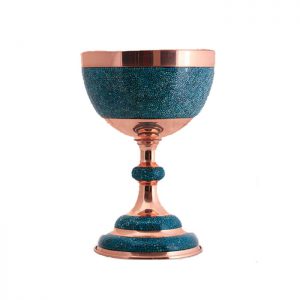
Over time, many Isfahani artisans became interested in this industry and created many beautiful and valuable works of art. It is a luxurious and glamourous modern art that brings together a great harmony of red copper and green and blue turquoise.
Turquoise is found predominantly in Neishabour (that sometimes called the turquoise land), a city located in the northeast of Iran. There are many turquoise mines in this city that have supplied the world with turquoise for at least two millennia.
Despite turquoise’s origin in Neishabour and turquoise inlaying’s birthplace in Mashhad, turquoise inlaying has developed in Isfahan in less than a decade. Currently, Isfahan is the center of excellence for this art.
In Isfahan, in addition to jewelry and accessories, turquoise inlaying has been used also on many different containers and utensils like plates, trays, candy dishes, fruit bowls, rose-water sprinklers, vases, candlesticks, mirror frames, photo frames, tea sets, turquoise inlaid flying saucers, and many others.
Turquoise Inlaying Handcrafts
If you are interested to purchase and have it in your home or office to give an impressive effect and glory to your place, you can see our Turquoise Inlaying Handcrafts below and contact to our support team.
grand handicraft supplies high-quality handicrafts to enthusiasts. It could fulfill its role in production, supply, and packaging by working in different fields of handicrafts
[av_productslider categories=’248′ columns=’4′ items=’8′ offset=’0′ sort=’0′ autoplay=’no’ interval=’5′ av_uid=’av-30drys’]Maintenance suggestions
- It is very easy to maintain turquoise inlaying handcrafts. To make it look as bright and beautiful as new, it needs to be wiped with lukewarm water and a soft cloth. The more practical products could lose their protective coating over time. If so, with vinegar and salt you can easily clean and polish it. For cleaning, never use chemical detergents. Chemicals, such as perfumes, cosmetics, creams, and chemical oils are the main harmers of turquoise.
- Try to keep turquoise inlaying handcrafts in an environment with normal temperature and away from high heat. For instance, direct sunlight can damage turquoise.
Following these tips will enable you to protect turquoise products properly.
